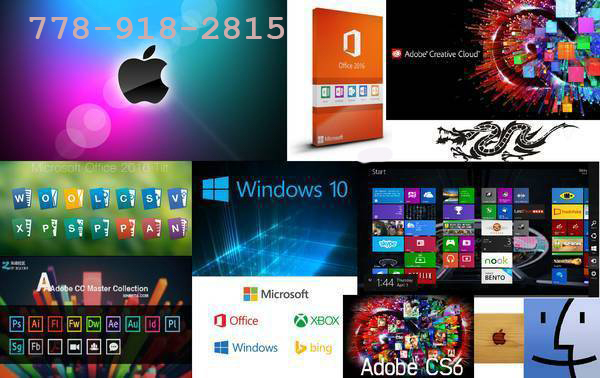

If we have made an error or published misleading information, we will correct or clarify the article. Our editors thoroughly review and fact-check every article to ensure that our content meets the highest standards. Our goal is to deliver the most accurate information and the most knowledgeable advice possible in order to help you make smarter buying decisions on tech gear and a wide array of products and services. ZDNET's editorial team writes on behalf of you, our reader. Indeed, we follow strict guidelines that ensure our editorial content is never influenced by advertisers. Neither ZDNET nor the author are compensated for these independent reviews. This helps support our work, but does not affect what we cover or how, and it does not affect the price you pay.

If anything is reported back, you may have the spyware app installed on your Mac so you’ll want to pay special attention to what is being. When you click through from our site to a retailer and buy a product or service, we may earn affiliate commissions. If you are worried your Mac has been infected by the OSX/OpinionSpy spyware, you can easily check to see if the port 8254 is in use by running the following command at the Terminal: lsof -i tcp:8254. And we pore over customer reviews to find out what matters to real people who already own and use the products and services we’re assessing. We gather data from the best available sources, including vendor and retailer listings as well as other relevant and independent reviews sites. The colleagues there will be able to check over your iPhone and see exactly what is wrong with it.Ĭlick here to use Apple’s support service and make a reservation at the Genius Bar.ZDNET's recommendations are based on many hours of testing, research, and comparison shopping. If you’ve followed all the above steps and you’re still unable to detect malware on iPhone, but you’re sure that something is not quite right with it, you should strongly consider making a reservation at the Genius Bar at your local Apple Store. If you don’t have an antivirus app, there are many great options available on the market, but Trend Micro Mobile Security is one that definitely gets our seal of approval! Each app works a little bit differently, so we can’t provide specific instructions here, but it’s one of the core functions of every antivirus app, so regardless of which one you have it will be quite straightforward. If you weren’t able to detect any malicious-looking apps during the previous steps or you still haven’t fully resolved the problems you’re having with your iPhone, you’ll need to run a malware scan using an antivirus app. If you weren’t able to locate a malicious app during any of the previous steps, you probably haven’t alleviated this problem, so you should skip to the next step. If every time you browse the internet on your iPhone you find yourself bombarded by ads, there’s a good chance your device is infected with adware (a particular type of malware). If you find one, you should strongly consider removing it because it could very well be malware.

If you’ve had your iPhone for a while and you’ve installed lots and lots of apps, this may take a few minutes, but swipe through all installed apps and look for any that you don’t remember installing.

For more information about the different types of malware, check out this article. You’ll also need to simply scan through all the installed apps and look for ones you don’t recognize. Some consume more battery and data than others, so the above two steps are not catch-all methods for detecting malicious apps.


 0 kommentar(er)
0 kommentar(er)
